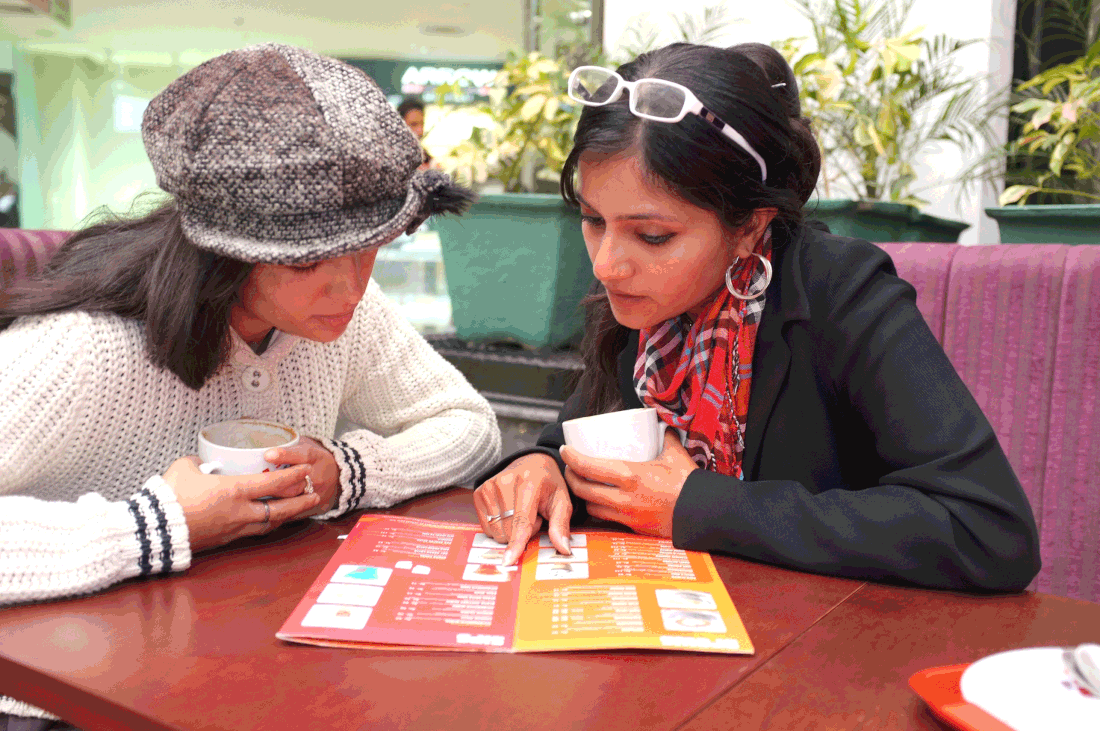Food Cost
Evaluate Your Menu
For example, healthcare sites could consider using well-accepted patient menu items in the retail setting on certain days to streamline food production. |
- Identify high- cost, low- profit menu items
- Replace high-cost items with popular lower cost items
- Remove items where cost has risen so much that pricing the item for a reasonable food cost would be considered as a negative in customers’ eyes (last year, blue crab prices rose so much that an 8- ounce crab cake sandwich was being priced at $45 on the menus of casual restaurants in Baltimore).
- Look for lower-cost alternatives to the high-cost items ie. Lamb Weston’s costs may have increased, where McCain or Exclusive Branded items present a better alternative - same item better cost
- Review your Top 25 menu items regularly
- Featuring lower cost menu items or specials can help to reduce overall food cost
- Using Specials can reduce waste and push guests to lower cost/higher profitability items and can lead to discovering items that can be placed on future “permanent” menus
- Evaluate your side dishes – consider lower cost alternatives for garnish and sides – do not assume Fries will be the customers’ choice. Offer small salads (Panzanella, mixed color slaw) cup-of-soup, etc.
- Upsize some sides (baking potato) for plate coverage to allow for a smaller protein portion
- Consider oven, grill, or broiler prepared items to replace certain fryer prepared products to save on high-cost frying shortening
- Consider pre-cut in-season vegetables to help with reduced labor.
- Review your prices – the cost must be passed on to the customer, be creative in how that is achieved – people pay more to be in a Starbucks because of the brand and the atmosphere – consider your end user and think about how you can add more value for little cost if the prices are going up – make it an experience
© 2024 Premier Inc, all rights reserved.
